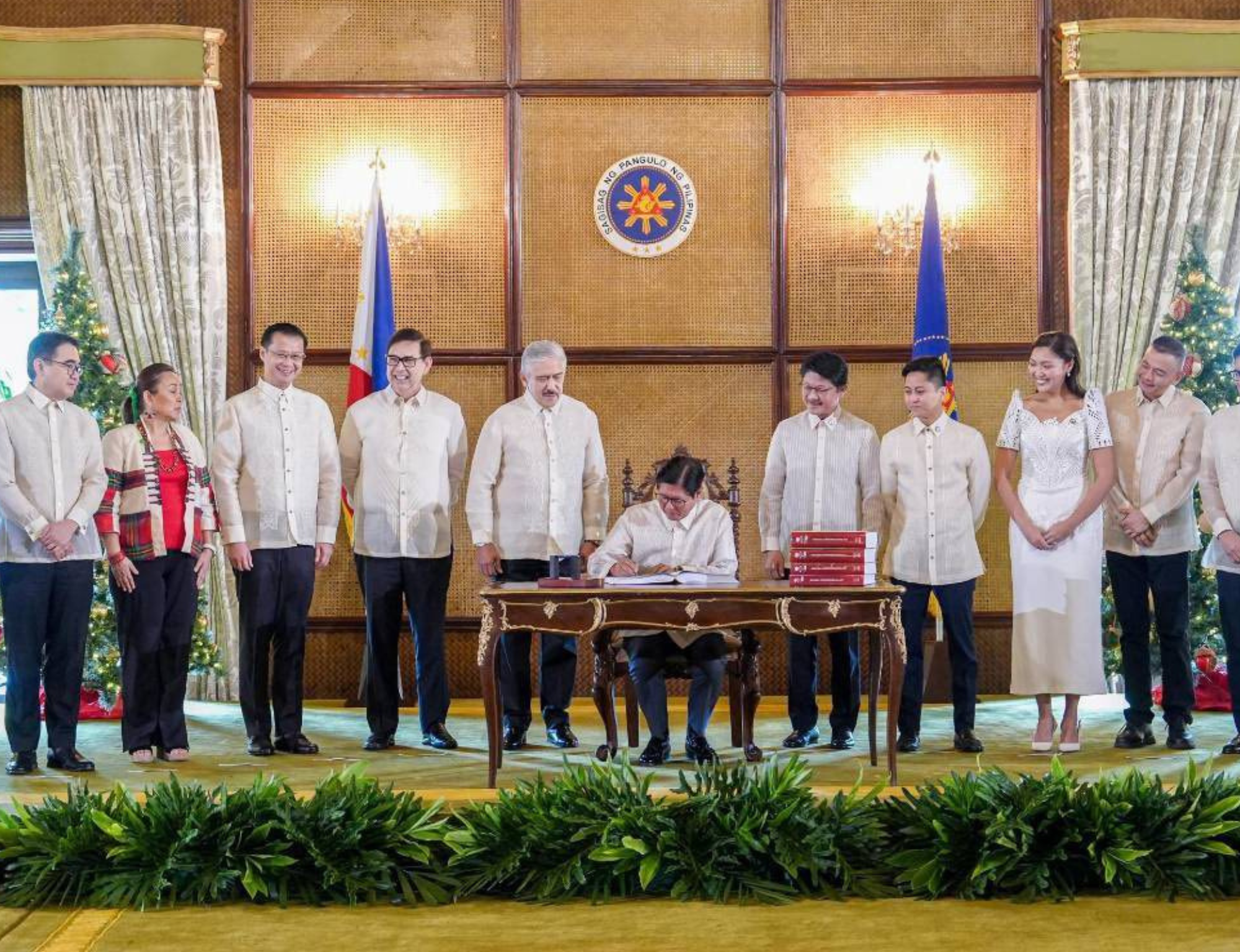
Finance Secretary Ralph G. Recto has emphasized that Standard & Poor’s (S&P) recent affirmation of the Philippines’ BBB+ credit rating and its upgrade of the outlook to Positive from Stable is another powerful endorsement of President Ferdinand R. Marcos, Jr.’s leadership and the government’s sound economic and fiscal policies.
In its announcement, S&P pointed to the Philippines’ above-average growth potential, effective policy making, fiscal reforms, improved infrastructure and policy environment, and solid external position as the key factors driving the affirmation and outlook upgrade.
“Ito ay nagpapatunay na malaki ang tiwala ng mga investors and creditors sa pagpapatakbo ni President Marcos, Jr. sa ating ekonomiya at sa bansa sa kabuuan. It reaffirms our stable economic and political environment and that we are on track to achieve a growth-enhancing fiscal consolidation. We have a comprehensive Road to A initiative to ensure that we secure more upgrades soon,” Secretary Recto said.
“The major benefit of having a high credit rating is wider access to cheaper and more cost-effective borrowing costs for the government and the private sector. Ibig sabihin, mas makakapaglaan tayo ng pondo para sa mga programang imprastruktura, pangkalusugan, edukasyon, at marami pang iba. Kaya isang malaking tagumpay ito para sa mga Pilipino,” he added.
This latest credit rating development has allowed the Philippines to maintain its high investment-grade status across all major regional and international debt rating agencies.
According to S&P, improved institutional assessment drives its positive outlook on the Philippines.
“We believe the strengthening of the country’s institutional settings, which had contributed to a significant enhancement in the sovereign’s credit metrics over the past decade, will continue. This is demonstrated by the strong economic recovery in the last two years, and ongoing reforms to support business and investing conditions,” it noted in its press release.
S&P highlighted that the Philippines enjoys a solid economic outlook anchored by the government’s infrastructure drive, pro-business policies, and its well-established Medium-Term Fiscal Framework.
It expects the Philippines’ economic growth to remain strong in 2024 at 5.5% and continue to grow at a high rate of 6.2% a year over the next three years, supported by private consumption and improving external demand.
While global economic growth is expected to be slower due to external uncertainties, S&P believes that the Philippine economy would expand well above the average of its peers as the country has a diversified economy, supportive policy dynamics, and an improving investment climate.
S&P cited that the recently enacted Corporate Recovery and Tax Incentives for Enterprises to Maximize Opportunities for Reinvigorating the Economy (CREATE MORE) Act, coupled with new reforms introduced such as the Public-Private Partnership (PPP) Code, should support stronger foreign direct investment inflows into the Philippines over the next two to three years.
“Other reforms include laws that now permit foreign investors to invest more in business sectors such as telecommunications, power generation, and transportation. Certain renewable energy
sectors such as solar and wind allow 100% foreign ownership,” S&P added.
The country’s solid household and corporate balance sheets as well as sizable remittance inflows also underpin its positive medium-term trajectory.
S&P likewise noted the Philippines’ improving fiscal performance due to effective and prudent fiscal policies.
“The Marcos administration, elected in 2022, has demonstrated a commitment to the well-established medium-term fiscal framework that has delivered constructive development outcomes,” it stressed.
The government’s refined Medium-Term Fiscal Program ensures that the country will reduce its deficit and debt gradually in a realistic manner while creating more jobs, increasing people’s incomes, and decreasing poverty in the process.
The rating agency underscored that the country’s fiscal deficit remains manageable and that normalization of economic growth will help to lower the general government deficit to 4% of GDP in 2024 from 4.5% in 2023, and average around 3.3% of GDP over the next three years.
In addition, the agency said the Philippines’ debt remains stable, with its general government debt ratio continuing to be relatively lower compared to its peers. The ratio is expected to fall to 40.6% by 2027 from 41.7% in 2023 as fiscal consolidation takes hold.
It also spotlighted the Philippines’ improvements in the quality of expenditure, which further solidified its economic profile.
In 2025, about 33.4% of the government’s proposed national budget of PHP 6.35 trillion is allotted to social services to fund education, health, and employment sectors. Economic services, which include the Build, Better, More infrastructure program, will receive about 29.2% of the total budget. (DOF)











